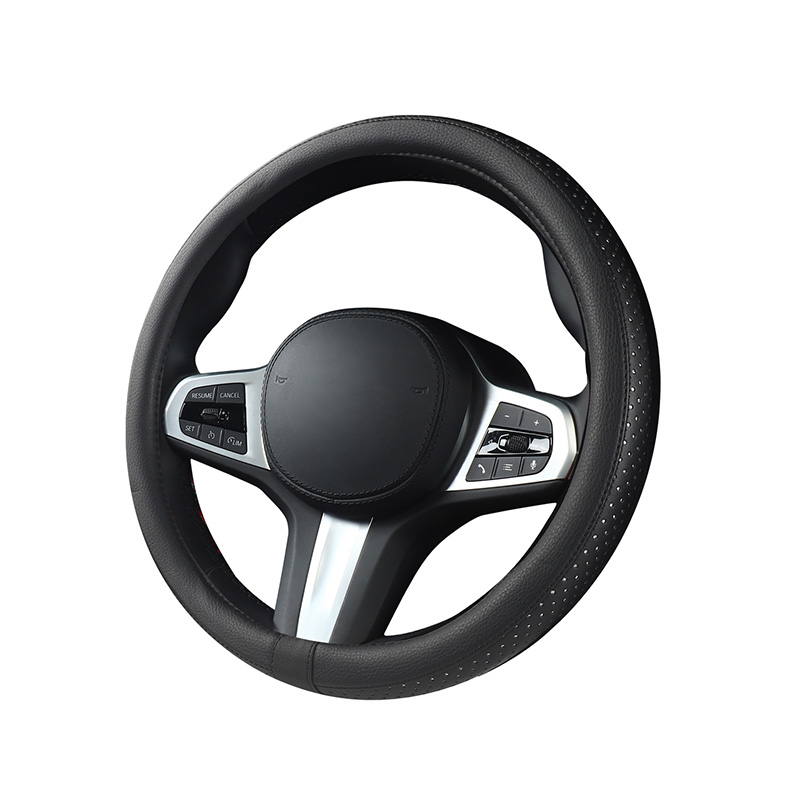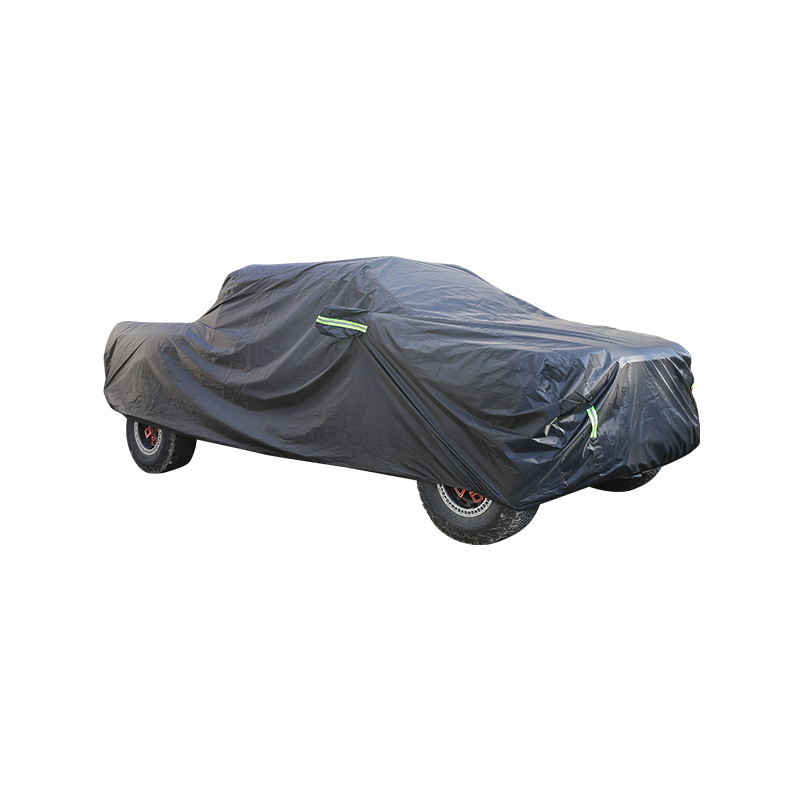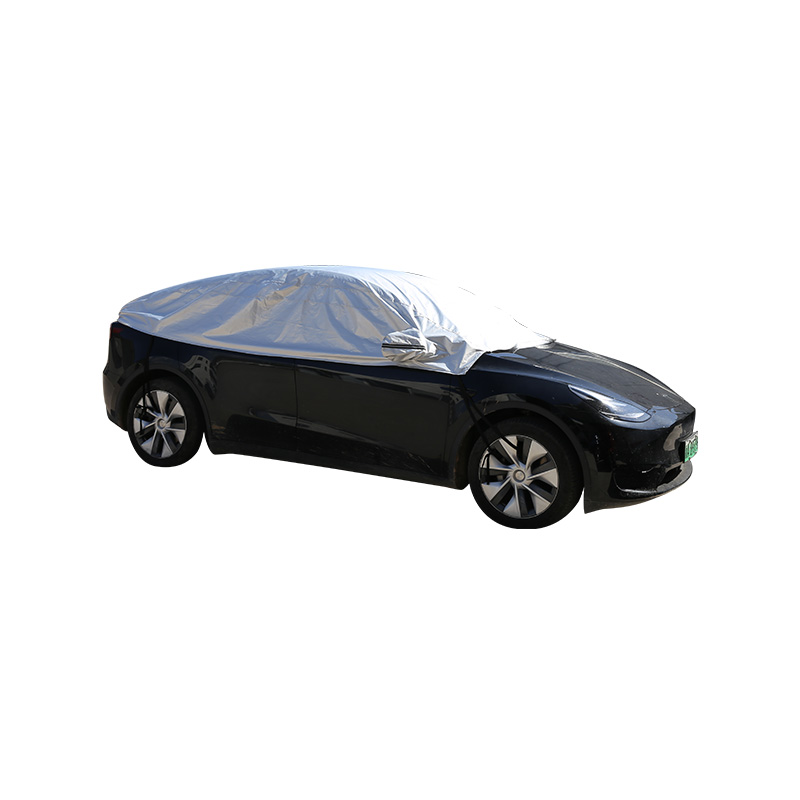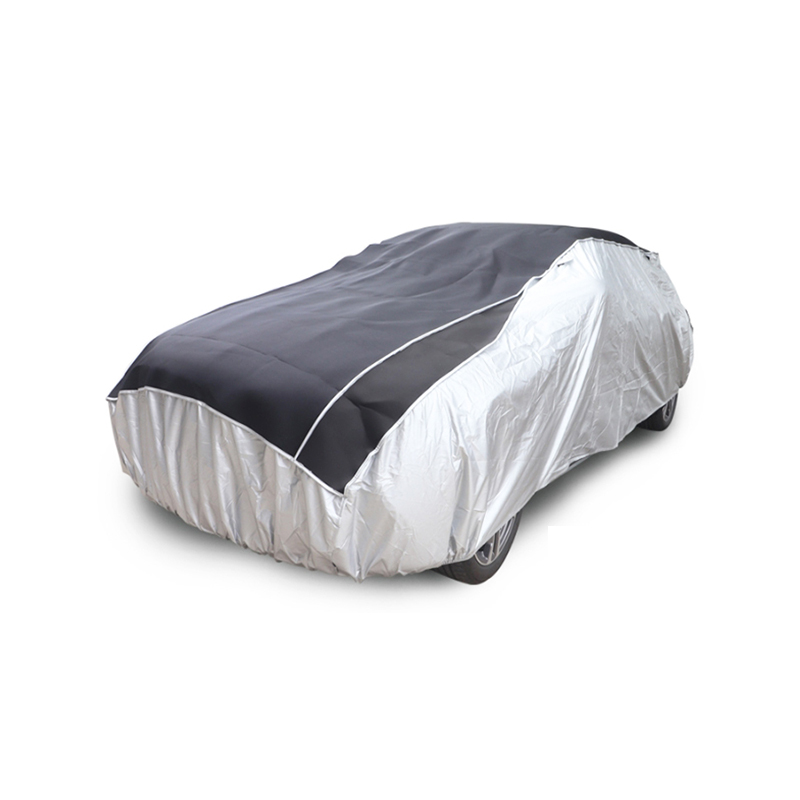The recreational vehicle industry is witnessing notable advancements in protective equipment with the development of improved RV Cover technology. These specialized protective systems have become essential for RV owners seeking to preserve their vehicles during storage periods and seasonal changes. The evolution of RV Cover design and materials represents significant progress in how enthusiasts approach vehicle preservation and maintenance.
The construction methodology of a modern RV Cover typically involves multi-layer fabric engineering, reinforced stress point reinforcement, and strategic ventilation systems. These protective covers generally feature water-resistant outer layers, breathable inner surfaces, and adjustable securement mechanisms. The design philosophy behind an effective RV Cover emphasizes complete vehicle encapsulation while preventing moisture accumulation and abrasion damage. Many contemporary RV Cover products incorporate ultraviolet protection treatments, mildew resistance, and color-fast materials that maintain appearance through extended outdoor exposure.
The application range for RV Cover solutions spans various vehicle types and storage scenarios. Class A motorhome owners utilize large-scale RV Cover systems for comprehensive protection of their substantial investments. Travel trailer enthusiasts employ specialized RV Cover designs that accommodate different trailer shapes and protruding components. Camper van users implement compact RV Cover solutions for smaller vehicles that still require weather protection. Fifth-wheel owners depend on custom RV Cover configurations that address the unique contours of their recreational vehicles. The adaptability of RV Cover technology allows it to serve these diverse applications while providing reliable protection against environmental elements.
Technical innovations have substantially improved the protective capabilities and user convenience of modern RV Cover designs. Current-generation RV Cover models often feature advanced fabric technologies that repel water while allowing moisture vapor to escape. Many modern RV Cover products incorporate zippered access panels that permit entry to the vehicle without complete cover removal. The integration of reinforced protection zones in today's RV Cover designs addresses areas prone to wear, such as corners, edges, and rooftop components. These developments have enhanced the durability of RV Cover systems while addressing practical considerations for installation and removal.
Manufacturing standards for RV Cover production have evolved to meet increasing expectations for longevity and performance. Production considerations for RV Cover development include material selection for weather resistance, seam construction for strength retention, and hardware quality for secure fastening. Modern RV Cover designs typically emphasize user-friendly features through color-coded installation guides, storage bags for off-season containment, and repair kits for minor damage. Quality verification processes for RV Cover manufacturing generally involve weather testing, tear strength evaluation, and seam integrity assessment under simulated use conditions.
The market availability of RV Cover options has expanded to address different climatic requirements and user preferences. Manufacturers offer RV Cover variations specifically engineered for sunny environments with enhanced UV protection, while other RV Cover designs focus on rainy conditions with predominant water shedding capabilities. Northern climate RV Cover options provide solutions for snow load management and freezing temperature resilience.
The growing implementation of RV Cover systems among recreational vehicle owners demonstrates how specialized protective solutions can extend vehicle lifespan and maintain appearance. As RV ownership continues to grow and storage challenges persist, RV Cover products appear positioned to maintain their relevance through continued innovation and performance optimization. The steady advancement of RV Cover technology illustrates how focused product development can effectively address the practical preservation needs of valuable recreational assets while incorporating technical improvements that benefit users across different geographic regions and usage patterns.
 English
English 中文简体
中文简体 Español
Español
 View More >>
View More >> View More >>
View More >> View More >>
View More >> View More >>
View More >> View More >>
View More >> View More >>
View More >>